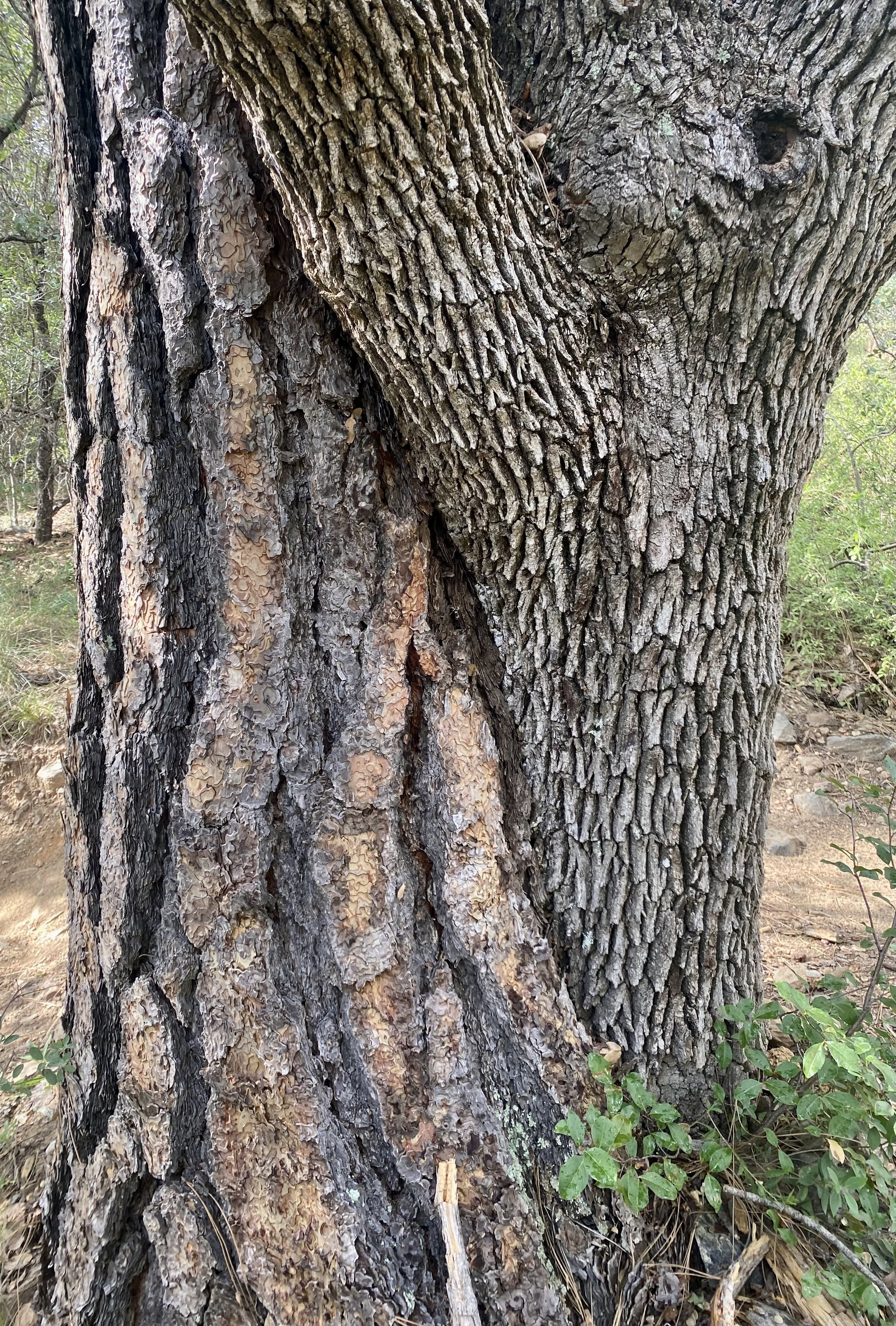Mogollon Highlands Ecoregion
With several colleagues, I have been working for several years to identify, name, and describe the importance of the MOGOLLON HIGHLANDS ECOREGION— a broad swath of northern Arizona and New Mexico, a continental-scale transition zone, which, by happenstance, has been largely ignored by ecologists and geographers, but which turns out to be one of the most biodiverse parts of North America.
As we describe in our Natural Areas Journal paper (link below), “The Mogollon Highlands Ecoregion represents an ecologically fascinating North American transition zone of continental importance. This dramatic landscape of escarpments, canyons, mesas, deserts, and high conifer forests is a land of high biological and ecological diversity. It is where the Sonoran Desert of the Basin and Range Province meets the redrock canyon country of the Colorado Plateau and the Southern Rocky Mountains, and where the northern limits of some species coexist with the southern limits of others. In the Mogollon Highlands, the mega-diversity of Meso-America, and the Sierra Madre in particular, has direct access into North America.”
Our first preliminary description of the Mogollon Highlands was in 2017. More recently, we have published two more substantive papers:
— The Mogollon Highlands Ecoregion of the American Southwest: A Neglected Center of Ecological Diversity (in Natural Areas Journal)
Related Papers by Others (more to come):
— Biogeography of the Herpetofauna of the Mogollon Rim (Bezy 2024)
— Fire History of a Mixed Conifer Forest on the Mogollon Rim, Northern Arizona, USA (Huffman et al. 2015)
— Canopy and surface fuels measurement using terrestrial lidar single-scan approach in the Mogollon Highlands of Arizona (Tenny et al. 2025)
Much of this work has been coordinated through the Natural History Institute. NHI’s herbarium collection is focused on plants of the Mogollon Highlands.
Communities of the Mogollon Highlands Ecoregion (from Fleischner et al. 2024)
Mogollon Highlands Ecoregion boundary overlaid on Brown 1994 map of binational Southwest biotic communities
Ponderosa Pine, Pinus ponderosa, near the southern extent of its range, and Arizona White Oak, Quercus grisea, near the northern limit of its range.




